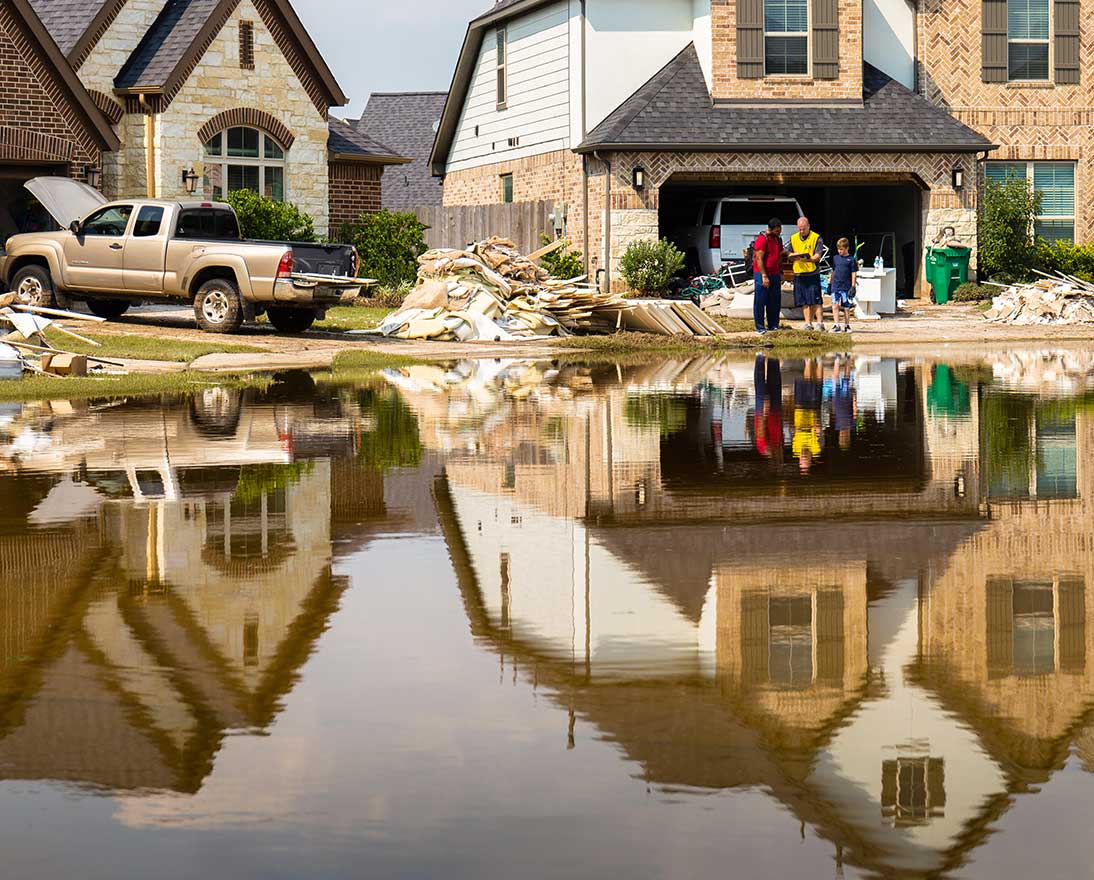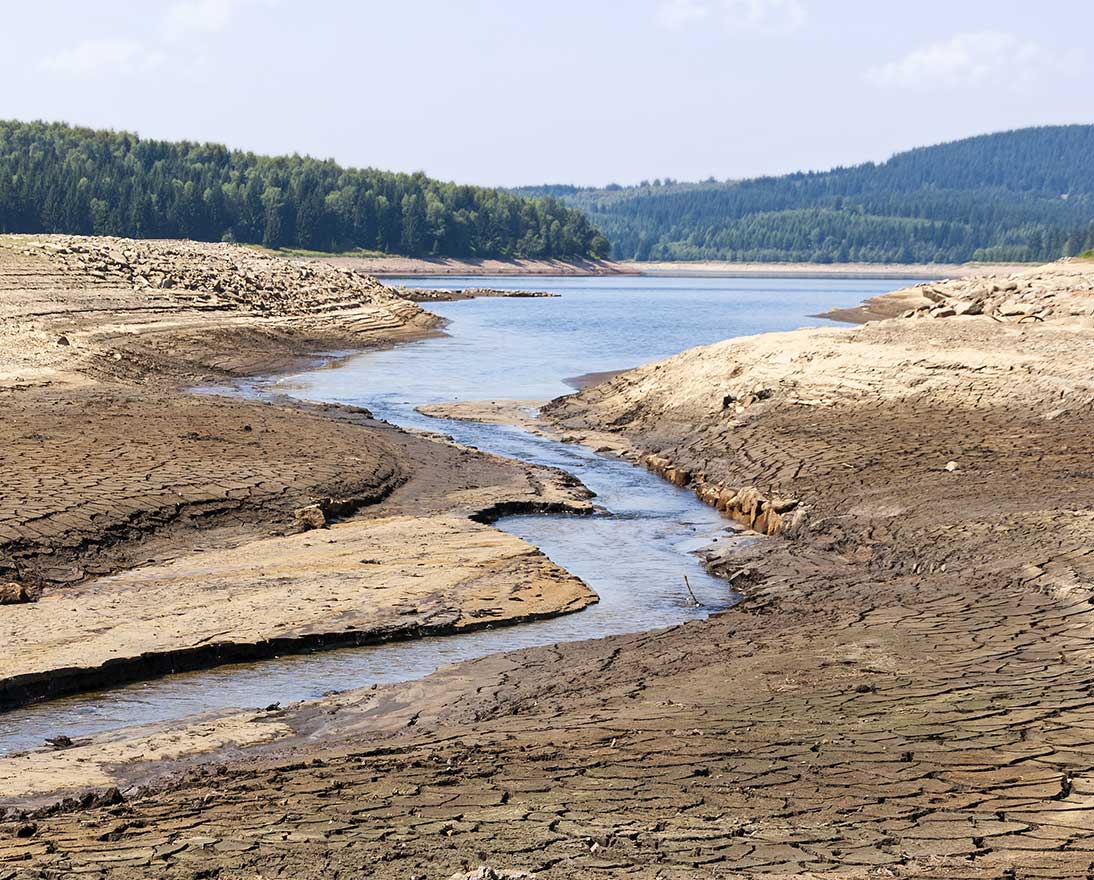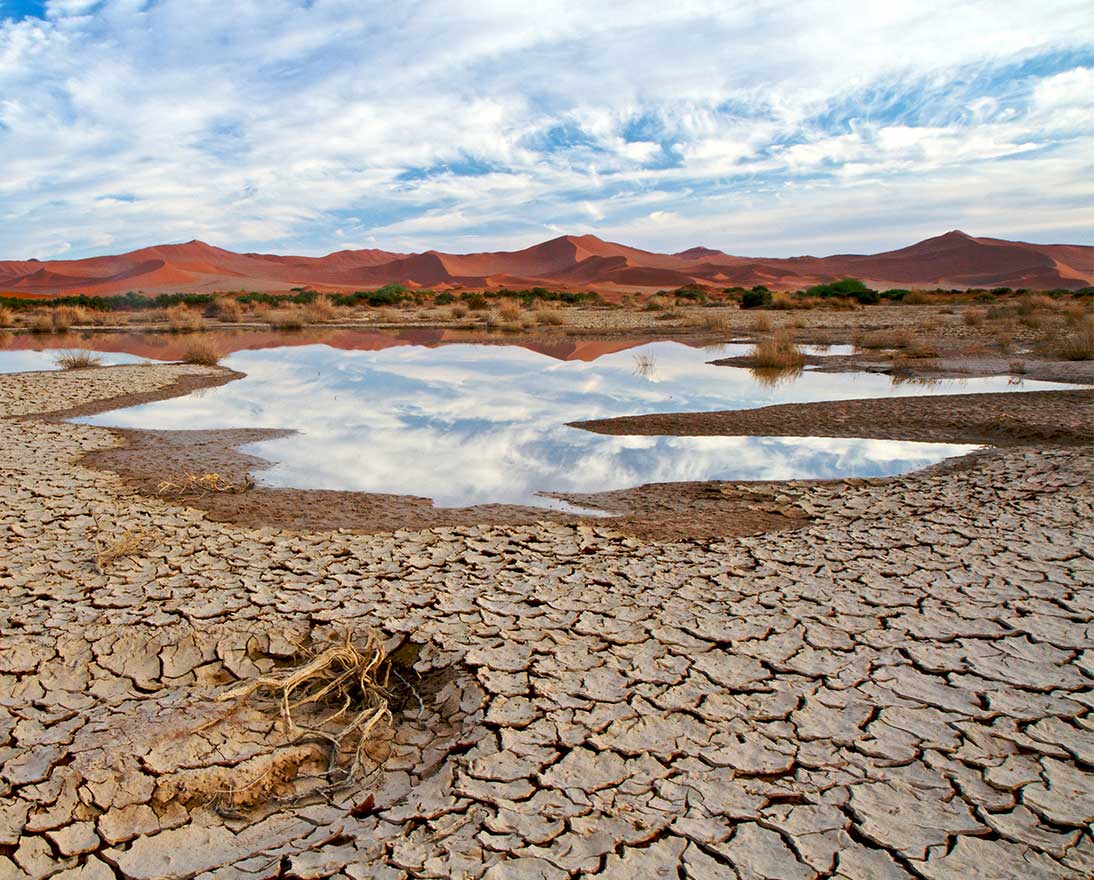Climate change is reclaiming the risk management spotlight
Climate resilienceArticleApril 6, 20216 min read
It has been tough for risk managers to concentrate on matters unrelated to the COVID-19. But as pandemic concerns shift, attention can now focus on other risks.
Over the past year, it’s been tough for risk managers to concentrate on matters unrelated to the COVID-19 pandemic. Concerns over lockdowns, protecting remote workers, handling claims, risk engineering at a time when travel is curtailed, and others have kept them focused on pandemic-related issues.
Climate change, meanwhile, hasn’t taken a break. And neither has the need for implementing climate resilience and sustainability measures. The pandemic will remain a concern in most parts of the world for the foreseeable future. However, as societies around the globe cautiously reopen their societies, risk managers may now have an opportunity to pay more attention to concerns apart from COVID-19.
Companies haven’t ignored their sustainability work during the pandemic, but the attention it has demanded has likely left less time for risk managers to work closely with sustainability teams, says Gabrielle Durisch, Head of Sustainability for Commercial Insurance at Zurich Insurance Group. “I think that a company could be divided,” she says, and while a risk manager concentrates on pandemic-related issues, “the strategy or sustainability teams may have moved on. The important thing would be for a risk manager to make sure they are engaged and aware of any changes planned and whether they’ve been properly assessed regarding any risks they may create.”
Many companies started discussing ways to “build back better and a green recovery” early in the pandemic, Durisch pointed out. “But is it realistic? If a company, particularly a small business, has to decide whether to recover quickly or in a greener way, which choice can we realistically expect them to make?”
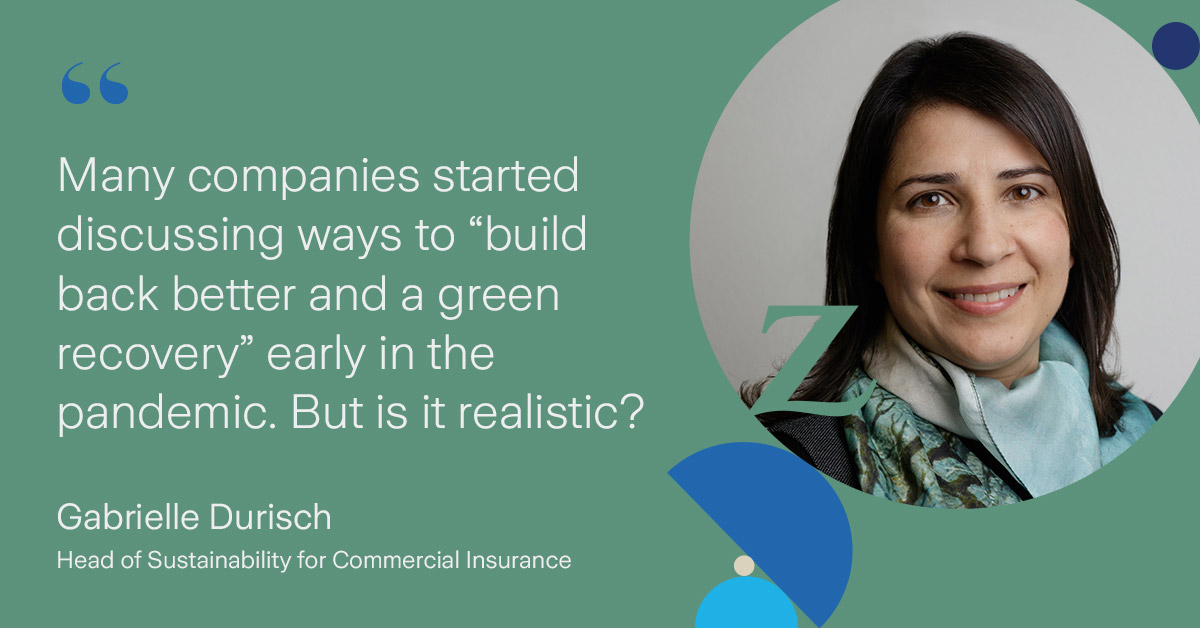
There is an urgency for risk managers to keep the focus on climate change and sustainability, Durisch notes, as consensus grows that the Paris Agreement’s aim to limit global warming to below 2°C – preferably under 1.5°C – above pre-industrial levels by the end of the century may not be possible. It is widely held, she notes, that “as a global community we have not acted quickly enough and the current pledges in place are not expected to be enough.”
“We are experiencing longer, more intense and frequent natural hazard events such as floods, wildfires, droughts and others that may be attributed to climate change, although several factors may be involved,” says Amar Rahman, Global Lead of Zurich’s Climate Resilience at Zurich Resilience Solutions. “In any case, from both a risk management perspective and as a society, we should be treating climate change as happening today, not in the distant future, planning accordingly and taking concrete steps to implement mitigation and adaptation measures.”
Sharpening the focus
Whether the emphasis on climate risks and sustainability has faded during the pandemic or is just beginning, organizations must understand how they could be affected by climate risks, according to a report, “Managing the Impacts of Climate Change: Risk Management Responses – Second Edition,” produced by Zurich.
The first step is where risk management always begins, in identifying the broad business and strategic risks, according to the report. To do that, Zurich recommends a scenario-based approach, such as the one developed by the Task Force on Climate-related Financial Disclosures that is structured around governance, strategy, risk management and metrics, and targets.
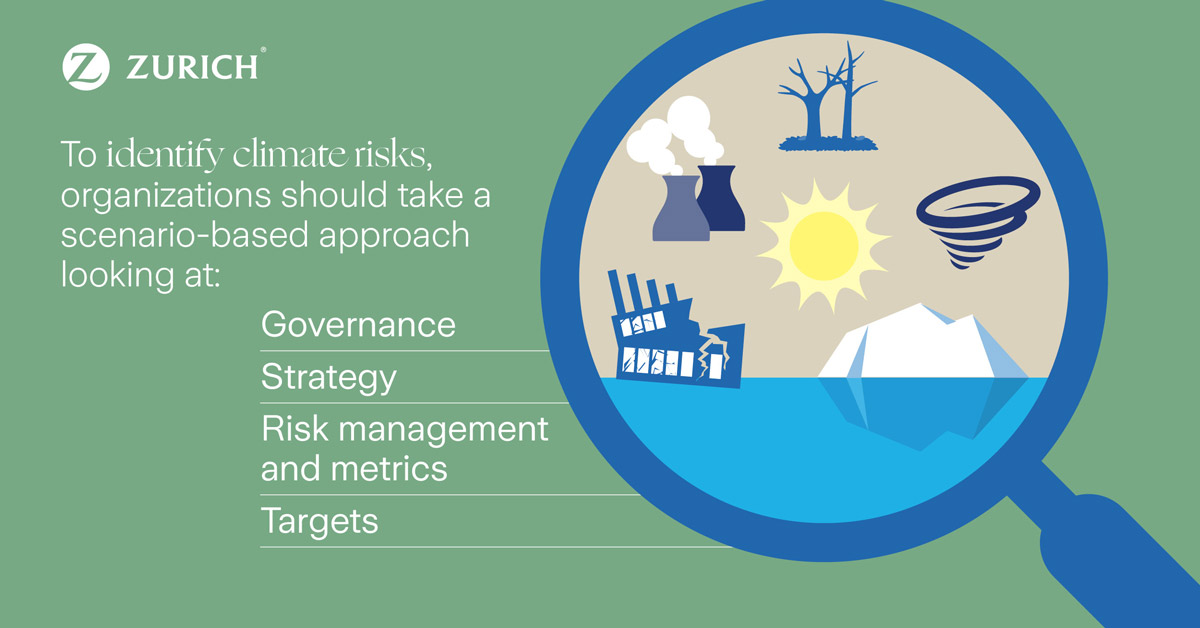
“Developing scenarios that are plausible, relevant, distinctive, consistent and challenging, and which span both transition and physical risks is an important first step,” the report states. “This needs to identify the main challenges facing an industry, the companies within it, as well as individual products and services and their associated business plans.”
“COVID demonstrated the need for a risk management approach based on scenarios with multiple triggers,” says Rahman. It’s an often-overlooked approach, he noted, as a single-trigger approach is more common. “The current situation with the pandemic is a case in point. Few companies are prepared for dealing with a large event, such as hurricane or flood, under the conditions imposed by the pandemic.”
Once scenarios are developed, the report advises, there needs to be a determination of “key risk categories to model and how to embed climate risk considerations in business-as-usual risk processes.”
Integrating insurance and resilience
The report urges businesses to develop a mitigation strategy that includes insurance and resilience strategies, either through physical risk adaptation or perhaps changing business models, and a transition risk approach that includes a strategy for reducing greenhouse gas emissions. An integrated approach involves not only insurance, which supports restoration of a site after an event, but also prevention measures that can reduce the impact and severity of an event.
Rahman stresses that experience gleaned from any event, whether from the impact on a company’s operations or to its industry in general, should be used to improve physical resilience and strengthen measures such as business continuity and emergency response plans, maintenance plans and other forms of “organizational protection.”

Scenario-based loss estimates should be developed based on detailed information regarding site vulnerabilities and potential events that could impact a location. “Local hazard maps should be used and assumptions applied regarding climate change effects in the scenario process. Such an analysis is an essential component of the resilience strategy,” the report advises.
The analysis must be enhanced with climate change data based on the most recent scientific knowledge, Rahman notes, to develop a medium- to long-term view of the evolution of natural hazards. Relying solely on historical data is not enough,” he says.
The report points out that the analysis would include an onsite assessment of the reliability and effectiveness of emergency response and business continuity plans, any peril-specific protection measures, quality of structures, infrastructure and utilities.
“With this information in hand, a medium- to long-term resilience strategy can be developed,” according the report, and, within it, a budget can be defined for capital expenditure projects as well as reallocation of existing budget funds toward resilience measures.
Sounding the alarm
Companies lagging in climate risk management need to pick up the pace, says Durisch. “Risk managers at companies that don’t have goals to reduce carbon emissions should raise concerns about the potential risk of not adopting targets in line with those set by the Paris Agreement.”
And, she adds, “risk managers should consider climate change resilience services, which could help them assess their exposure to physical risks at single or multiple sites. The Global Risks Report 2021, which for the third consecutive year lists extreme weather and failure to take action on climate issues as the top global risks, also provides information that acts as a catalyst for action.”

